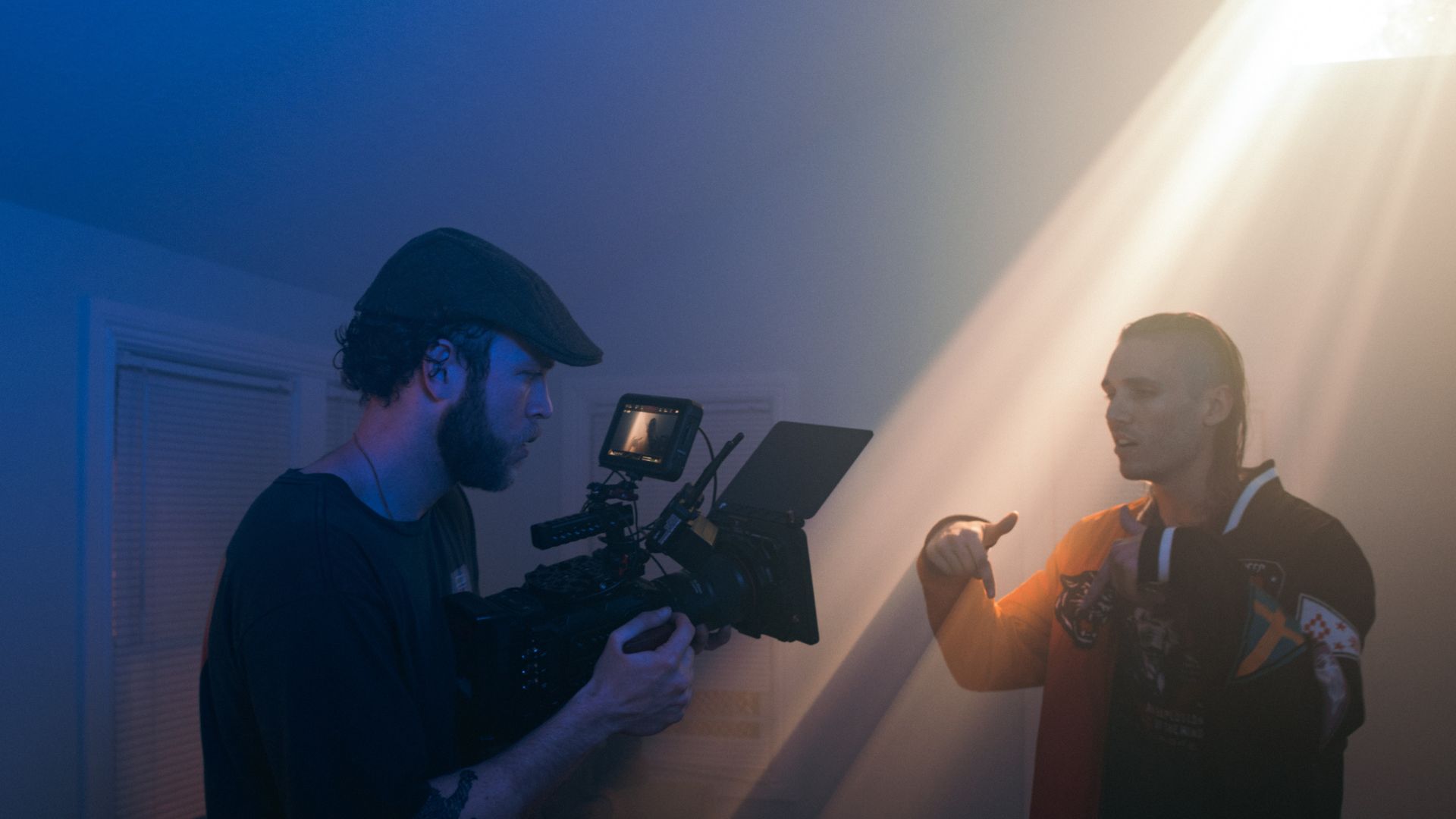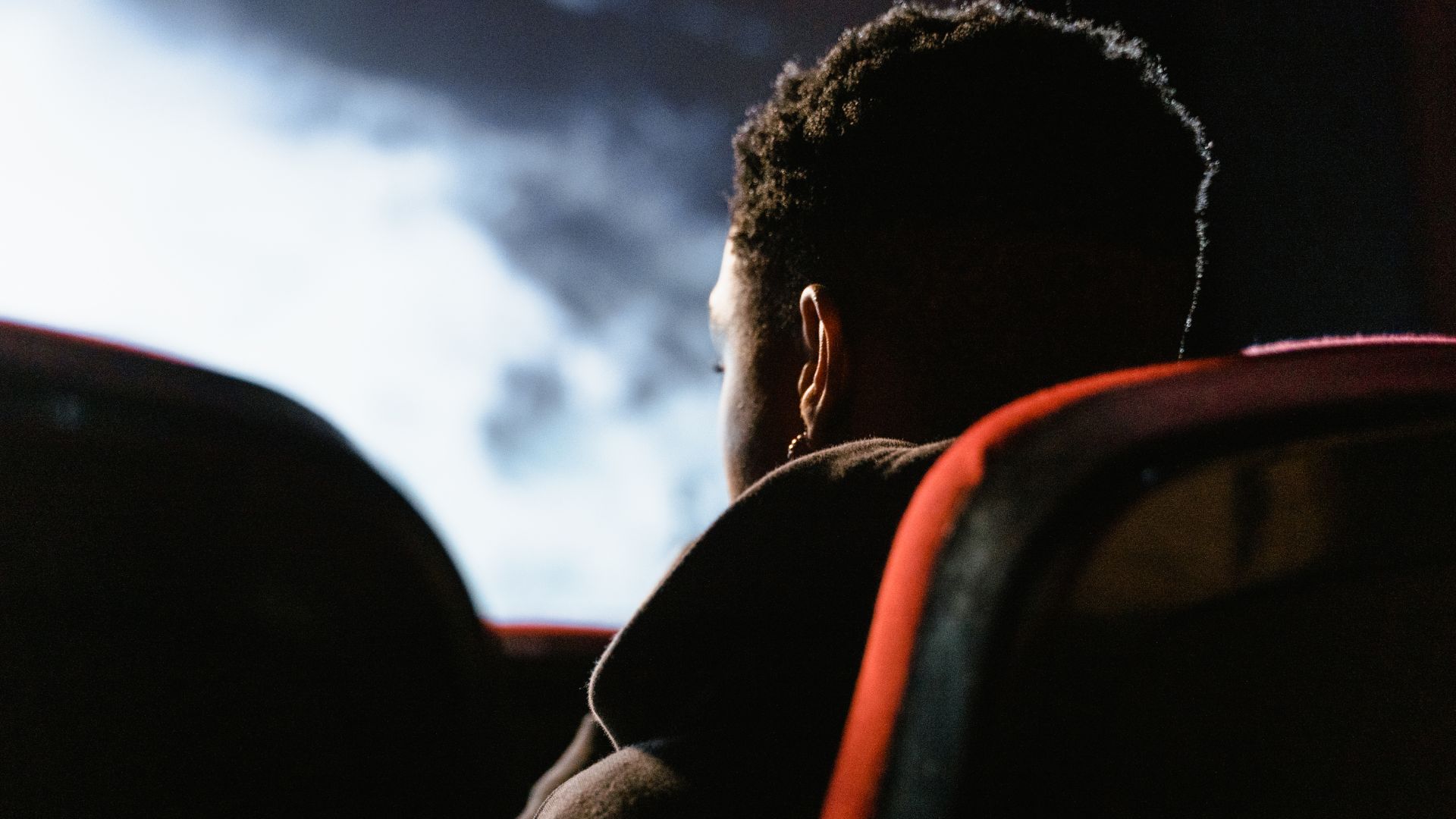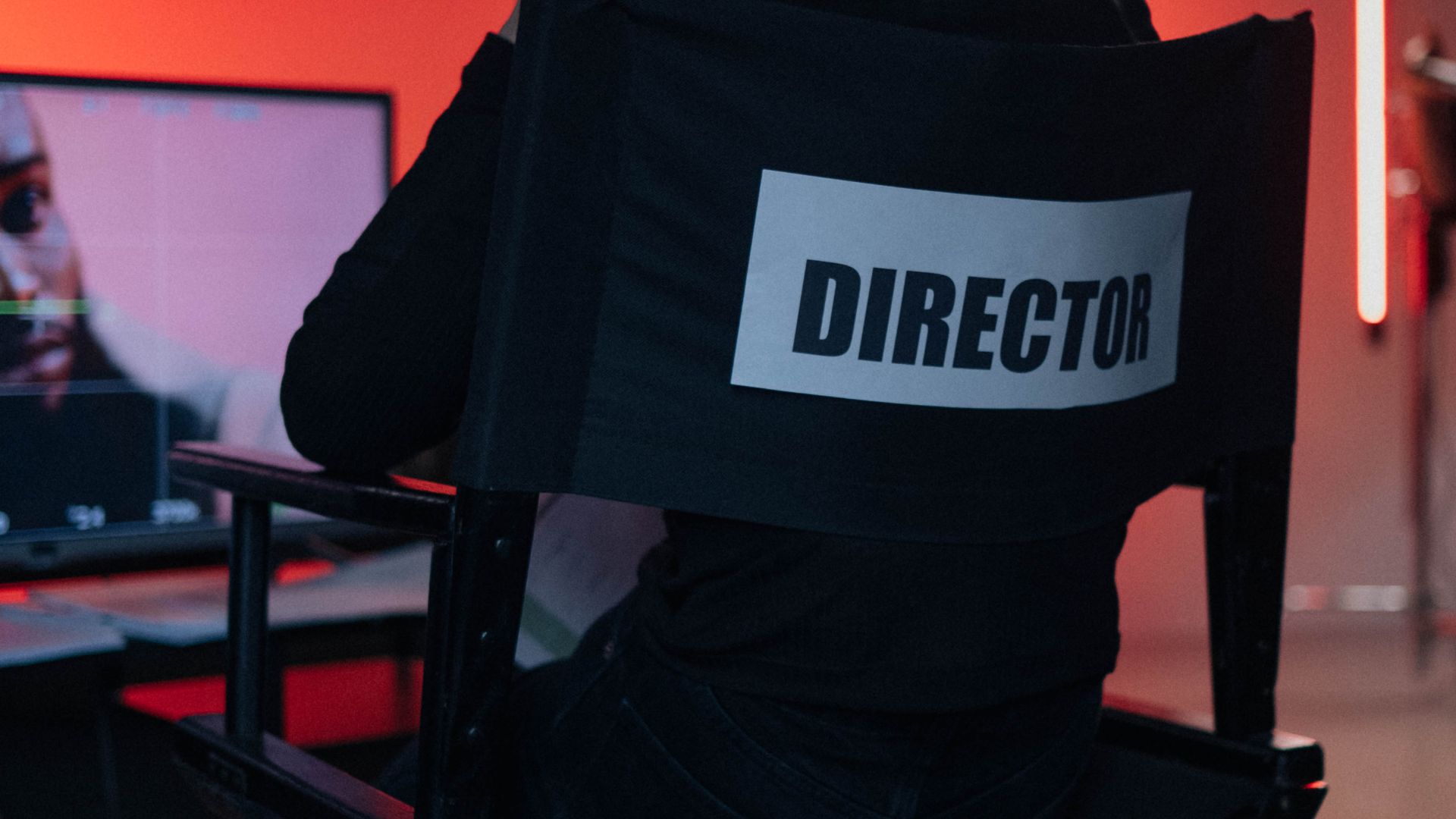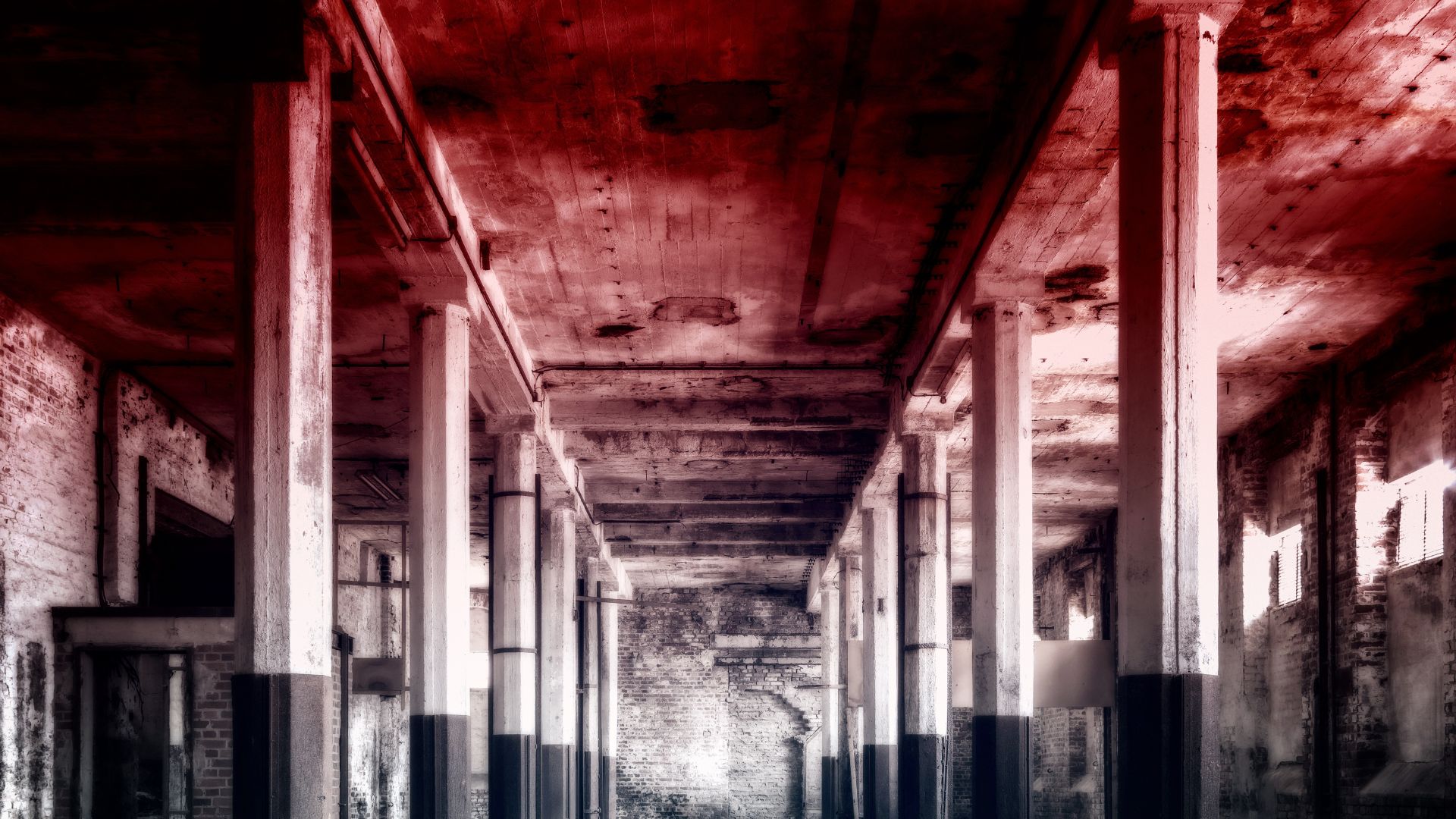Horror films have long been a staple of cinema, offering audiences thrills, chills, and the chance to confront their deepest fears from the safety of their seats. But horror as we know it today didn’t appear overnight. It’s a genre deeply rooted in Gothic literature and early cinema, evolving over decades to reflect society’s changing anxieties, cultural shifts, and technological advancements. From silent classics that introduced us to iconic monsters to the intense, graphic slasher films that defined a generation, horror has continually reinvented itself.
In this article, we’ll take a look at the key stages in the evolution of horror cinema, exploring its transformation from the early 20th century to the genre-defining psychological thrillers of today:
- Classic Horror (1920s-1960s): The birth of a genre
- The Slasher Era (1970s-1980s): Blood, gore, and the rise of the anti-hero
- A genre that continues to evolve
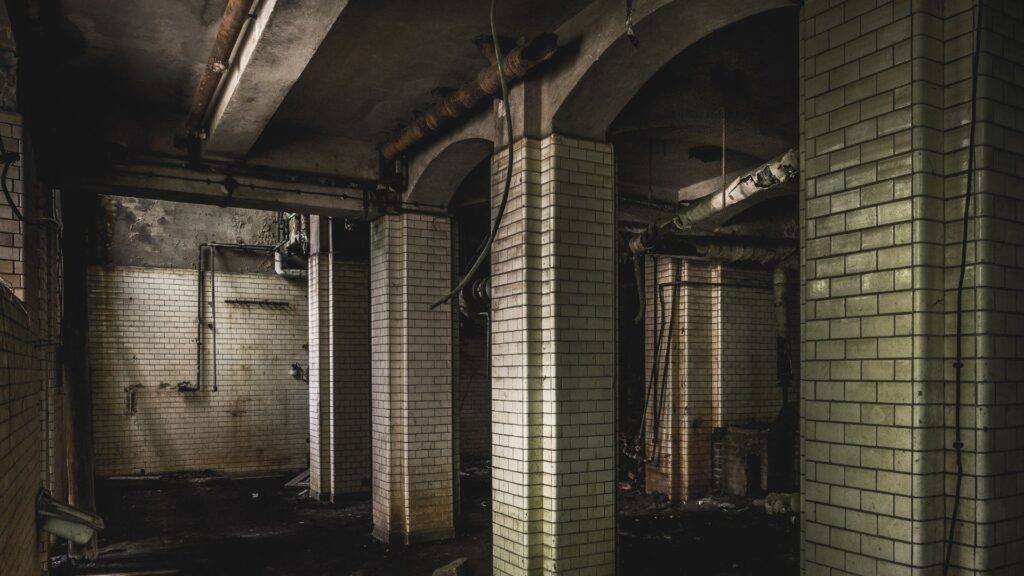
Classic Horror (1920s-1960s): The birth of a genre
The 1920s marked the dawn of horror cinema, a period largely influenced by the Gothic literary tradition. Stories of vampires, monsters, and the supernatural had captivated readers for centuries, and filmmakers quickly recognised the potential to bring these macabre tales to life on screen. The silent film era was crucial in establishing the foundation for modern horror, as directors and actors had to rely heavily on visual storytelling. The expressionist movement, which emphasised distorted, nightmarish visuals, played a significant role in shaping early horror films.
One of the most iconic films of this era is Nosferatu (1922), directed by F.W. Murnau. Based loosely on Bram Stoker’s Dracula, this German silent film introduced audiences to Count Orlok, an unsettling vampire whose eerie appearance and shadowy movements made him a terrifying figure in early cinema. Nosferatu’s stark imagery and the atmospheric tension it created set the standard for future horror films, proving that fear didn’t need loud noises or dialogue to be effective.
As sound technology advanced in the late 1920s and early 1930s, horror films became even more immersive. Universal Studios capitalised on the public’s fascination with monsters, producing iconic films like Frankenstein (1931), directed by James Whale, and Dracula (1931), starring Bela Lugosi. These films marked the beginning of the “monster movie” subgenre, with Frankenstein’s monster and Count Dracula becoming symbols of horror in popular culture. The success of these films helped solidify horror as a genre in its own right, with studios eagerly producing more creature features to meet the growing demand.
By the 1960s, horror began to shift once again, this time embracing psychological terror. Alfred Hitchcock’s Psycho (1960) is often cited as the turning point, blending elements of thriller and horror to create a suspenseful, disturbing film that blurred the lines between sanity and madness. Psycho’s shocking twist and its portrayal of disturbed characters laid the groundwork for the psychological horror films that would follow in the coming decades.
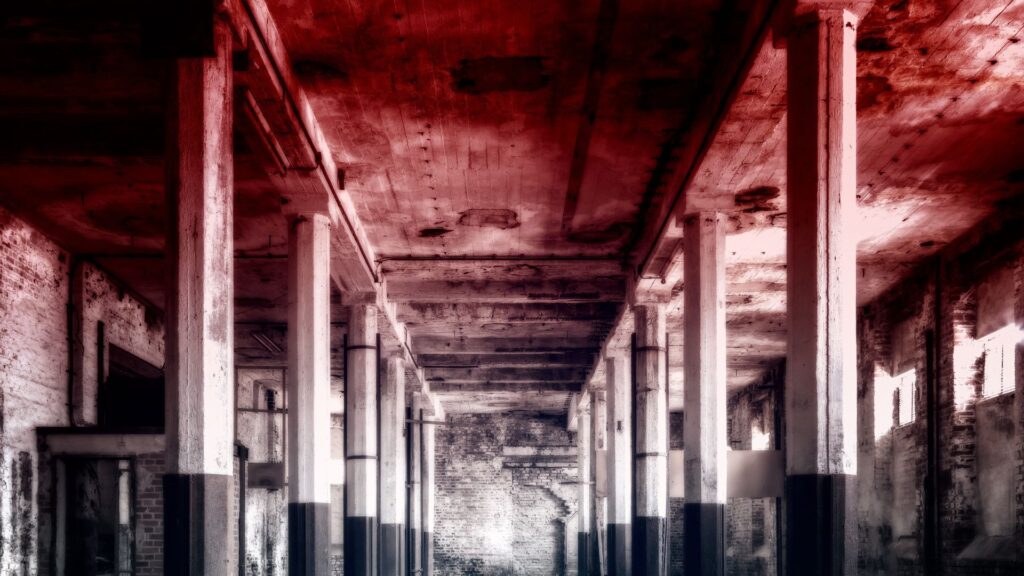
The Slasher Era (1970s-1980s): Blood, gore, and the rise of the anti-hero
The 1970s and 1980s saw horror films take a darker, more graphic turn. With the rise of the slasher genre, horror movies became more violent, explicit, and gory, capturing the anxieties of a more cynical, post-Vietnam society. Films like Halloween (1978), directed by John Carpenter, and Friday the 13th (1980), directed by Sean S. Cunningham, introduced a new type of villain—unstoppable, masked killers who stalked their victims with ruthless precision.
These films often followed a familiar formula: a group of teens or young adults heading out to a remote location, where they’re hunted one by one by a masked, faceless killer. The slasher genre’s appeal was partly its shock value—audiences were drawn to the gruesome kills, often filmed in excruciating detail—and its formulaic structure, which gave viewers a sense of familiarity even as they cringed at the violence.
However, the slasher films of this era also introduced an enduring horror trope: the final girl. This character, often the sole survivor of the killer’s rampage, became a symbol of purity and resilience, standing in stark contrast to the other characters who were typically depicted as promiscuous or reckless. This trope would go on to influence horror for decades, even as the genre evolved.
The slasher craze also paved the way for the rise of franchises, as films like A Nightmare on Elm Street (1984) and Child’s Play (1988) introduced new killers—Freddy Krueger and Chucky—who would go on to appear in multiple sequels, cementing their places in horror iconography.
Modern Horror and Psychological Thrillers (1990s-Present): Fear Beyond the Surface
The 1990s and 2000s brought a shift in horror, with filmmakers exploring psychological terror, supernatural themes, and the rise of the found footage subgenre. While the slasher genre continued to influence horror films, the focus started to move away from gore and toward creating tension through atmosphere, psychological conflict, and emotional unease.
One of the defining films of this era was The Blair Witch Project (1999), a low-budget found footage film that became a global phenomenon. Its minimalistic style and the sense of dread it created through subtle suggestion rather than overt scares had a profound effect on horror. The film’s marketing, which blurred the line between fiction and reality, also played a key role in its success, and it helped pave the way for future found footage films like Paranormal Activity (2007) and REC (2007).
Meanwhile, the early 2000s saw the rise of “elevated horror,” a term used to describe horror films that incorporated deeper social, cultural, or psychological themes. Films like The Others (2001) and The Ring (2002) explored themes of grief, loss, and trauma through supernatural elements, while Get Out (2017) and Hereditary (2018) took the genre to new heights by incorporating social commentary and intense emotional conflict.
The horror genre in the 21st century is now as diverse as it has ever been, encompassing everything from slow-burn psychological thrillers to supernatural horror, body horror, and even horror-comedy. Directors like Jordan Peele, Ari Aster, and Robert Eggers have redefined what horror can be, using the genre to explore complex themes of race, mental illness, and human nature.
A genre that continues to evolve
Horror films have come a long way since the days of Nosferatu and Frankenstein. From the silent terror of early cinema to the graphic violence of the slasher era and the psychological depth of modern horror, the genre has continuously evolved to reflect the fears and anxieties of each generation. What makes horror so compelling is its ability to adapt, to explore the darkness of the human psyche, and to push boundaries in both storytelling and visuals.
Let’s recap today’s article:
- Horror films began in the 1920s, influenced by Gothic literature and early silent cinema, with iconic films like Nosferatu and Frankenstein establishing the genre.
- Horror became more graphic and violent, with films like Halloween and Friday the 13th introducing the slasher genre, marked by masked killers and the “final girl” trope.
- Horror evolved to focus on psychological tension and supernatural themes, with landmark films like The Blair Witch Project and The Ring revolutionising the genre through atmosphere and minimalism.
- Modern horror films, such as Get Out and Hereditary, explore deeper social and psychological themes, raising the genre’s cultural and thematic relevance.
- Horror continues to diversify, combining various sub-genres and expanding into social commentary, ensuring its lasting impact on contemporary cinema.
As horror continues to evolve, one thing is certain: it will remain a central part of the cinematic experience, always ready to tap into our deepest fears and fascinations.


